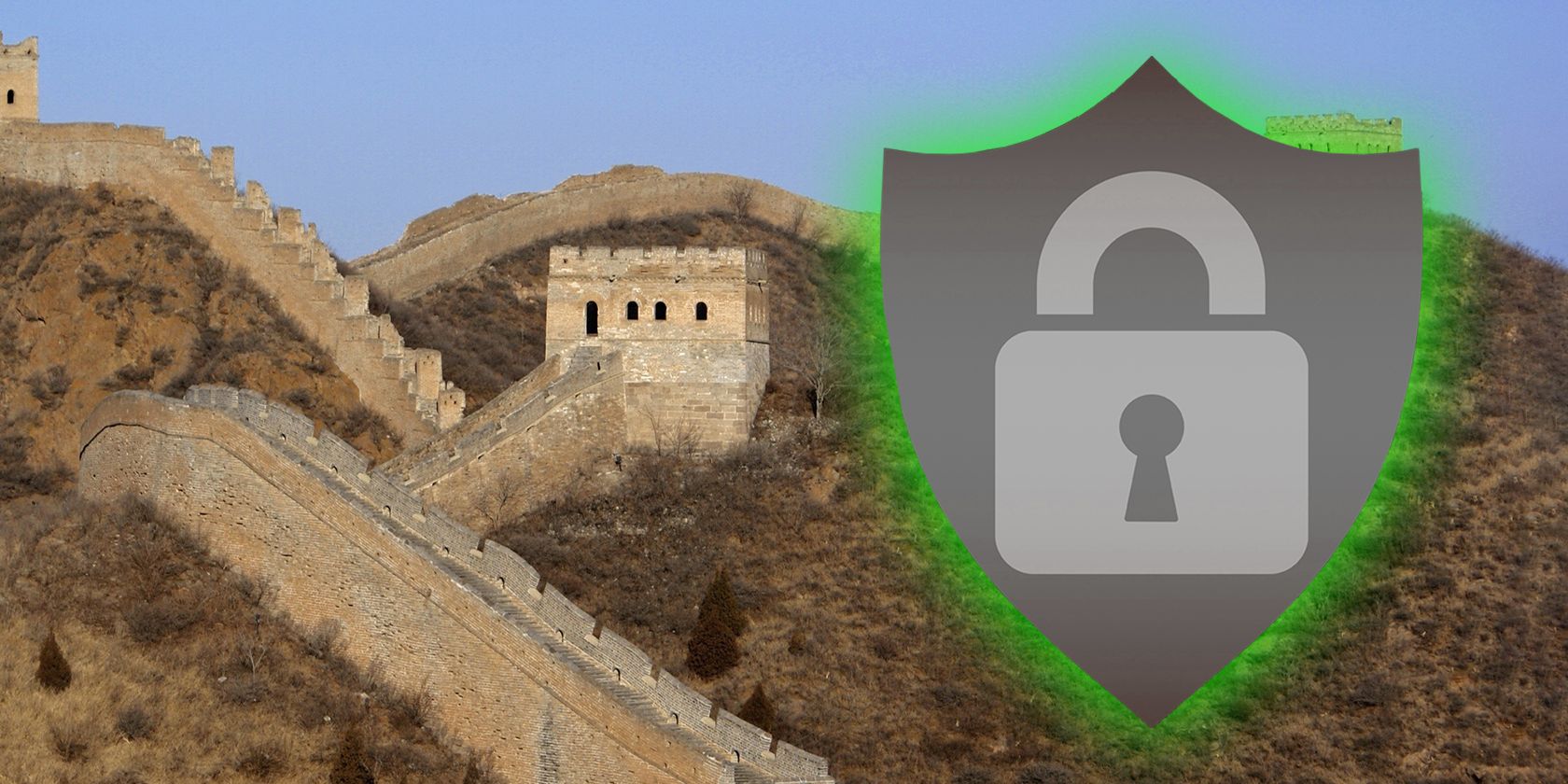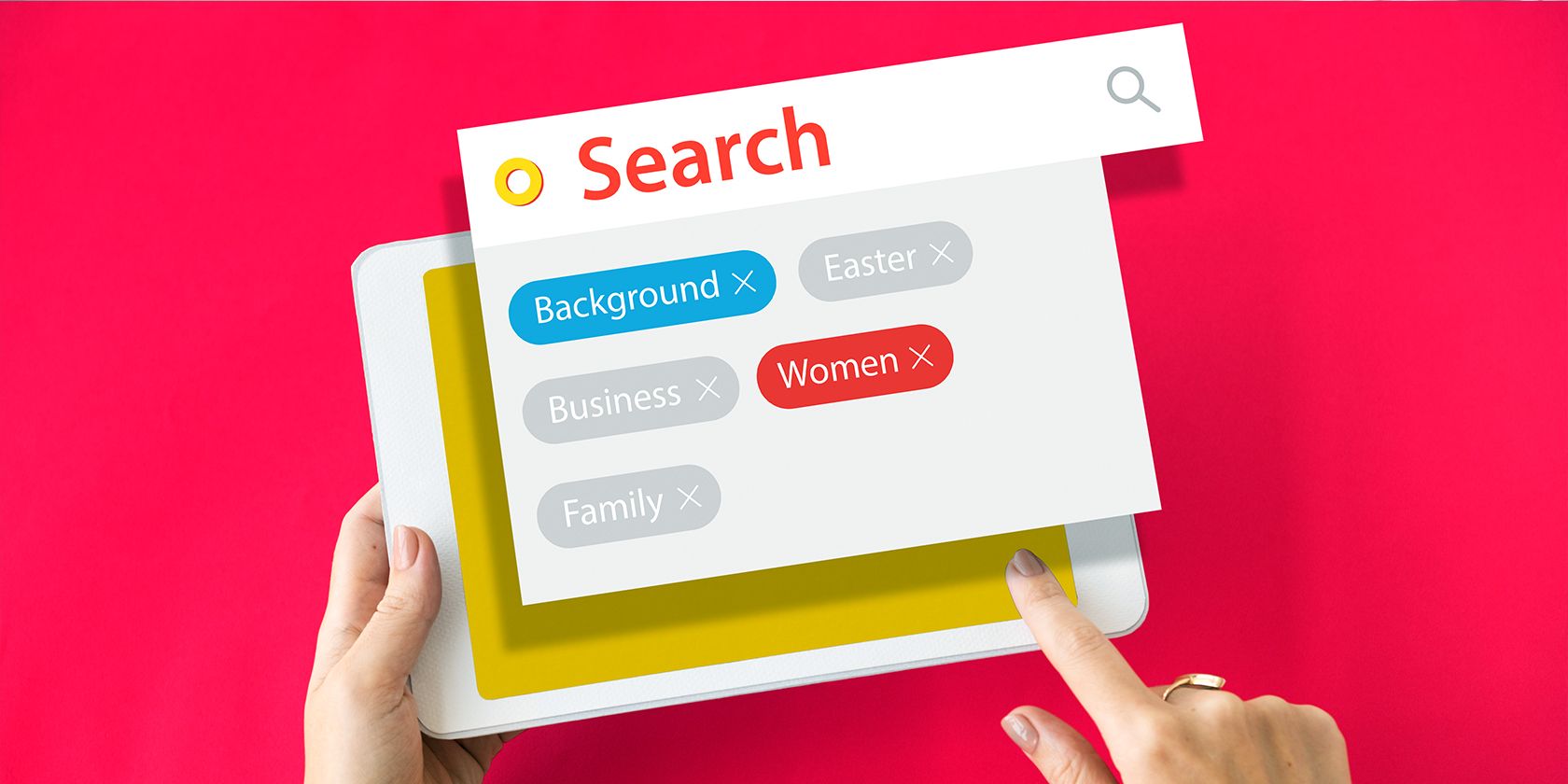When it comes to the internet, many things can go wrong—for example, cyberbullying, exposure to inappropriate content, and the risk of malicious software. This is where Web content filtering comes in.
Web content filtering is a solution that helps protect against these risks by blocking access to unsafe websites and other digital content. It analyzes web page URLs and keywords for known threats or objectionable material. Content filtering can also be used to control bandwidth usage and limit employee access to specific sites that are unrelated to their work.
So how is web content filtering done, what are its types, and why is it important?
What Is Web Content Filtering, and How Is It Done?
Web content filtering involves setting up rules or policies that determine which websites can be accessed and when. These rules are based on predetermined criteria such as content type, keywords, URLs, IP addresses, domains, and more. Imagine it as an internet gatekeeper that controls access to websites and web content. As a gatekeeper, it allows system administrators to control and monitor what content users can access within their network.
Content filtering can be done through hardware, software, or a hybrid of the two. Hardware-based content filtering uses dedicated hardware devices that are installed on the network and can filter out web content based on predetermined criteria. Software-based solutions are usually cloud-based services that monitor and control access to web content by leveraging existing infrastructure within the organization's network.
Generally, web content filters are used to filter content into two categories. First, they can block certain websites, URLs, and content that should not be accessed. This is usually done when there are concerns about security or inappropriate content.
Second, they can ensure that only sites deemed acceptable for a network or user group are allowed. This is often used in educational and corporate settings to ensure that only the right people are accessing the right websites.
How Does Web Content Filtering Work?
Web content filtering analyzes and matches the web page URLs and keywords for known threats or objectionable material. This is done using a combination of algorithms, automated bots, and manual reviews to ensure accuracy.
Once suspicious content has been identified, it is classified according to predetermined criteria such as content type, URL structure, target demographic, etc. Once this information has been organized, the content filter will either block or allow access to that particular web page, depending on its rules and settings.
For example, if a network administrator has blocked certain websites, then any attempt to access those sites would be blocked. On the other hand, whitelisting certain websites would allow users to access only those specific sites.
Who Uses Web Content Filtering?
Various sections of society, organizations, and even individuals use content filtering. Everyone has different motives for using it.
- Organizations: Business administrators are the most common users of web content filtering systems. These organizations use the technology to control employee access to websites, as well as protect their networks from malicious attacks. Content filtering helps organizations protect their networks from inappropriate content, data leaks, and legal liabilities. Web filtering solutions provide them with the tools necessary to enforce acceptable-use policies for employees and keep their corporate networks safe.
- Educational Institutes: Schools and universities also use web content filtering systems to block unauthorized access to websites, help reduce cyberbullying, and protect their networks from malicious attacks. Schools also use web content firewalls to ensure students are accessing age-appropriate content. But if you really need to access a blocked page, you can try some techniques to bypass your school's firewall.
- Government: Governments may also use content filters to control what citizens can access on the internet. This is often done for national security, public safety, or protecting intellectual property. They also need to filter out malicious websites that could be used for political or social purposes.
- Individuals: Individuals can also use content filters for personal reasons. Parents, for example, may want to limit their children's access to social media sites and some other sites that every parent should block to protect them from inappropriate material or dangerous websites.
What Are the Types of Web Content Filtering?
Content filtering is of various types, each with unique features and capabilities. Different kinds of web content filtering exist depending on the organization's or individual's needs.
- URL Filtering: URL filtering involves controlling access to certain webpages or websites by restricting the URLs of sites deemed inappropriate or unsafe. Through this type of content filtering, administrators can ensure that only approved websites are accessed within their network. URL Filtering works by matching URLs with a list of pre-defined websites that can be either blocked or allowed.
- IP Filtering: Another type of web content filtering is IP-based. It works by restricting access to a specific IP address or range of addresses. This type of content filtering is typically used to help protect networks from malicious attacks and limit access to websites unrelated to work.
-
Keyword Filtering: Keyword filtering is another type of web content filtering used to control access to certain websites. This works by matching keywords with a list of approved or blocked websites. Keyword filtering can ensure that users are not accessing certain types of websites, such as those for gambling or adult content. Parents generally use this web filtering to refrain their children from mature content.
- DNS Filtering: DNS filtering is a type of web content filtering that works by blocking websites based on their domain name. This type of filter works by matching the website's domain name with a list of pre-defined domains deemed inappropriate or unsafe.
- Content Classification System (CCS): CCS is a type of web content filtering that categorizes websites to control access. This filter ensures that only approved websites are accessed within a network, such as educational or business-related sites. CCS provides organizations with the ability to block websites that are not related to their core mission.
Control Where Your Kids (or Employees) Go on the Internet With Web Filtering
As the internet continues to evolve, web content filtering has become an essential tool for organizations and individuals. Content filtering helps organizations protect their networks from inappropriate content and malicious attacks. It also allows them to enforce their acceptable use policies and keep their corporate networks safe.
Schools and universities can use web content filters to ensure students access age-appropriate websites. Governments can use content filters to control what citizens can access on the internet. And individuals can use content filters for personal reasons, such as limiting their children's access to certain types of online content.
If you plan to install a content filtering tool specifically for controlling your child's online activity, invest in a robust tool, as there are several ways children can bypass the content filter.





